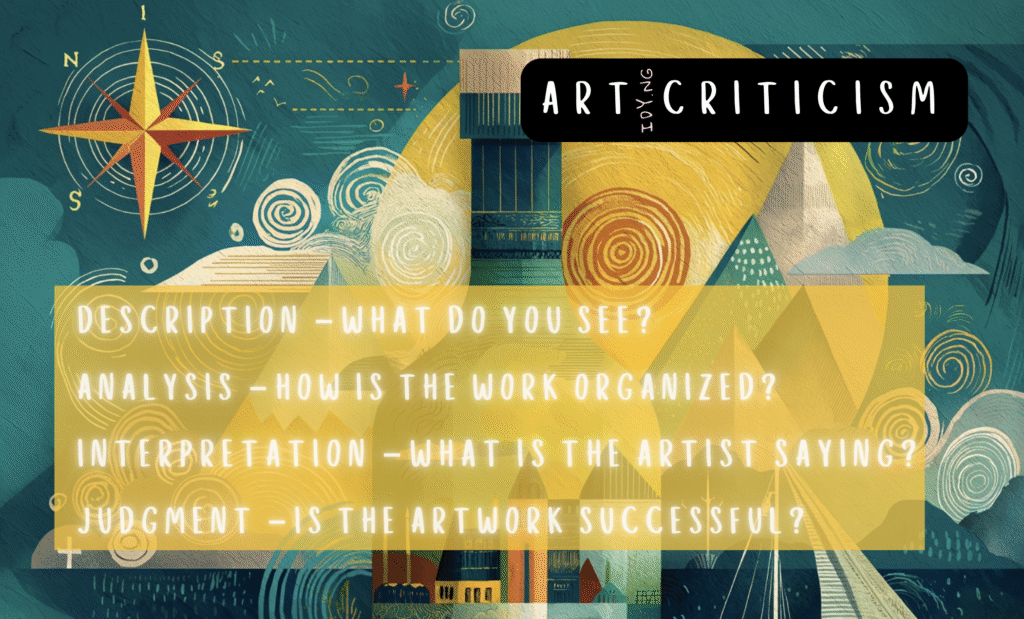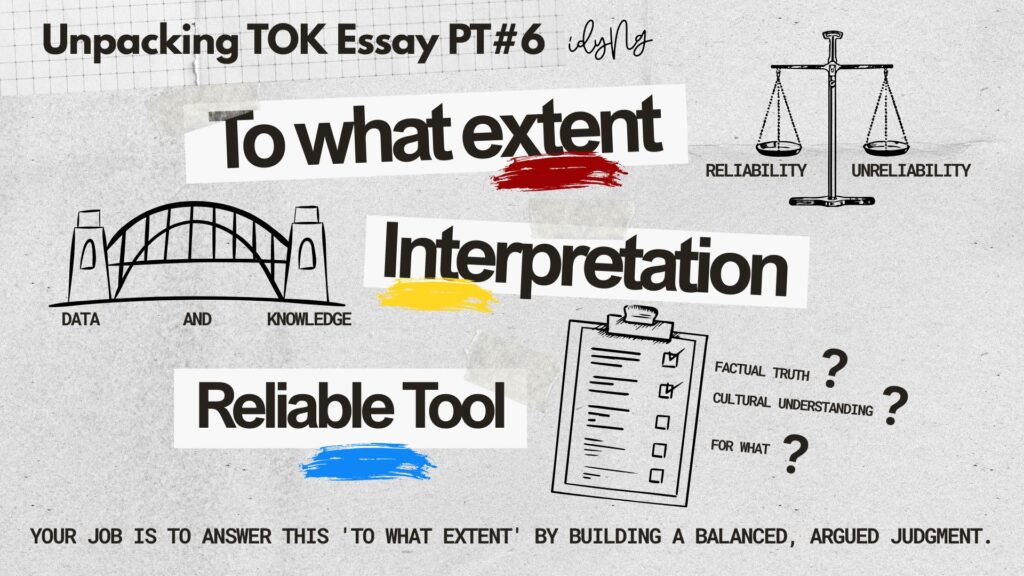In today’s fast-paced world, the ability to adapt and grow is essential for success in all areas of life. As both an educator and a mother of two boys, I have witnessed the transformative power of fostering a growth mindset—not just as a concept, but as a way of life. A growth mindset encourages individuals to view challenges as opportunities and to understand that their abilities can be developed through dedication and hard work.
One of the most exciting aspects of this journey is embracing the science of neuroplasticity—the brain’s remarkable ability to reorganize itself by forming new neural connections throughout life. This concept has profound implications for how we approach learning and personal development. By understanding that our brains can change and grow, we empower our children to take risks, make mistakes, and learn from them without fear of failure.
In sharing my experiences, I will introduce strategies that can help cultivate a growth mindset, starting with the powerful idea of embracing neuroplasticity. This approach not only reinforces the belief that intelligence and skills are not fixed but can be enhanced through effort and practice. By instilling this understanding in our children, we can foster resilience and a lifelong love of learning, setting them on a path toward success in all their endeavors. Join me as we explore how embracing neuroplasticity can transform our perspectives and empower the next generation.
Embracing Neuroplasticity
Understand the Brain’s Capacity for Growth: The concept of neuroplasticity—the brain’s ability to adapt and form new connections—underscores the idea that learning and growth are lifelong processes. Just as muscles grow stronger with consistent effort, our brains can grow and improve when we practice and engage with challenges. Sharing this concept with students and children helps them see that mistakes and difficulties are not signs of failure but opportunities to develop new skills and strengthen their abilities.
Relating this understanding to positive well-being, the idea of neuroplasticity fosters hope and resilience. When individuals recognize that they are not “stuck” in their current capabilities, they feel more empowered to face challenges, which reduces anxiety and builds self-confidence. This shift in mindset supports emotional well-being by encouraging a sense of control over one’s growth and development.

Linking Neuroplasticity to a Growth Mindset Strategy
When we teach that the brain can change and grow, we reinforce the core of a growth mindset: learning takes time, but improvement is always possible. By encouraging students and children to approach challenges as opportunities for growth, we shift the focus from immediate success to the value of consistent effort and practice.
For example:
- Celebrate Progress: Highlight small improvements, such as mastering a new concept or overcoming a previous struggle, to build motivation and a positive self-image.
- Reframe Failure as Feedback: Help them understand that setbacks are not permanent. Instead, they are a natural part of the learning process, signaling areas for improvement and growth.
- Practice as a Daily Habit: Emphasize that practice happens every moment in life—not just during structured lessons or activities. Whether solving a problem, trying a new skill, or even navigating relationships, every experience is an opportunity to learn and grow.
Long-Term Benefits
When students and children embrace the concept of neuroplasticity and the growth mindset strategies tied to it, they develop perseverance, adaptability, and a love for learning. These qualities not only enhance their academic and personal achievements but also contribute to their overall well-being. Understanding that growth is a journey helps them approach life with optimism and resilience, fostering a positive mindset that benefits both their mental health and their ability to thrive in a changing world.






